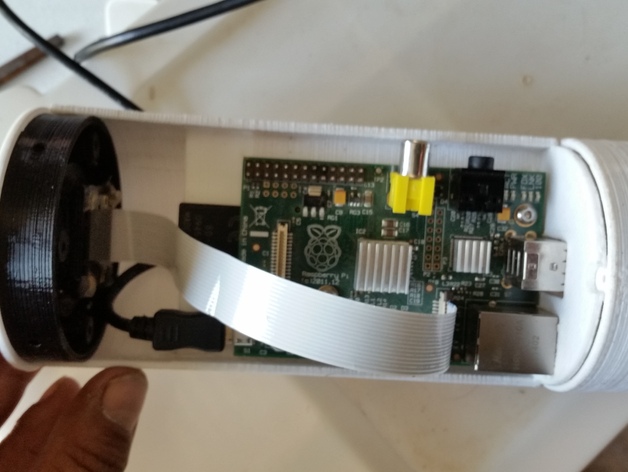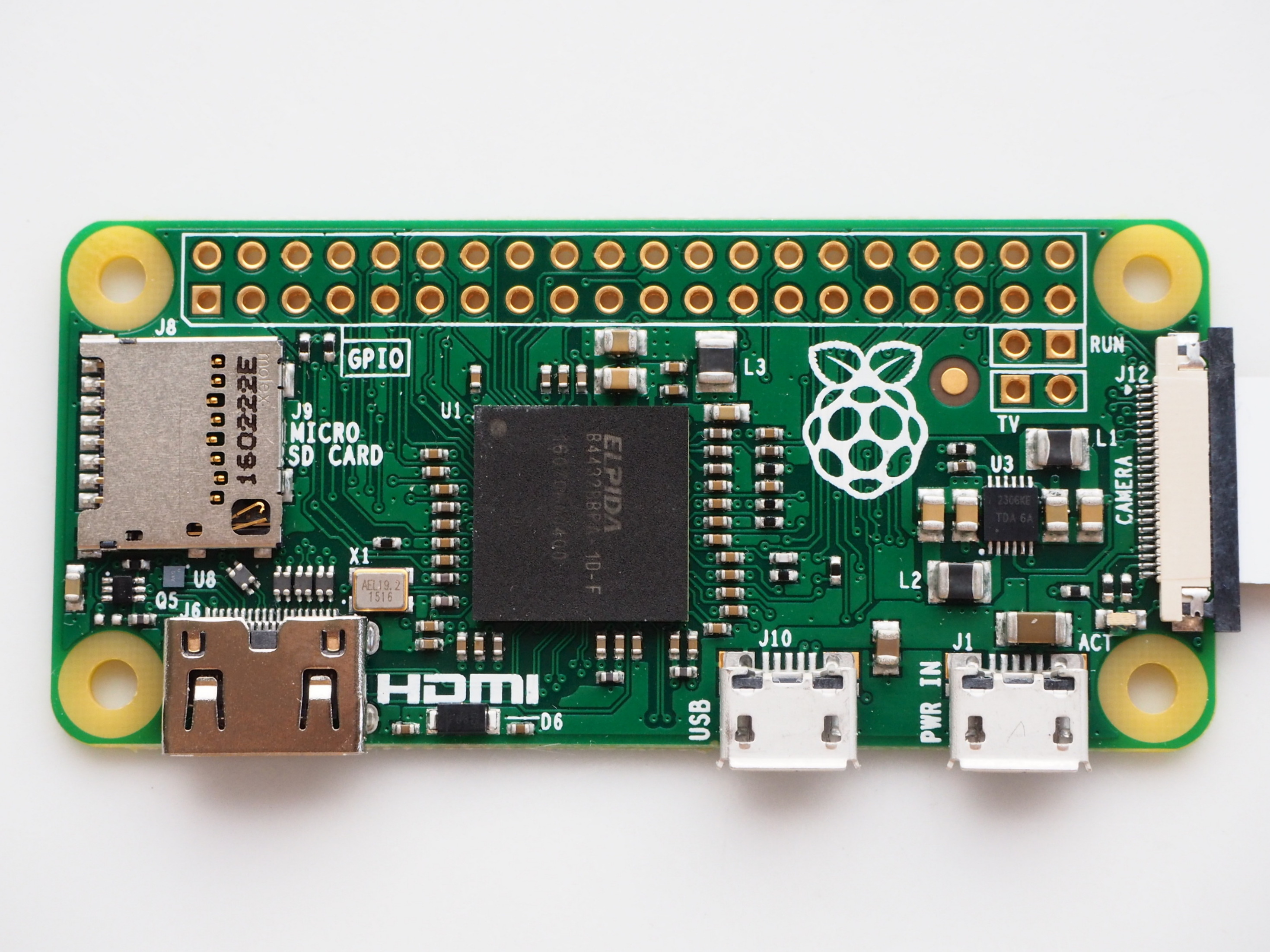Table of Content
By default, fail2ban will ban attacker 10 min after 5 failures. The main idea is to generate a key on your computer, and then add it to the Raspberry Pi to allow a connection from your computer . As I said previously, root and pi users are often the main target for brute-force attacks. Let’s say you installed PHPMyAdmin 3 months ago to try something, but you’re not using it anymore.
Once the user disarms the alarm, the model will become updated along with stopping the alarm. This project is intended for those Raspberry Pi, tech savvy, and DYI enthusiasts. This alarm system is intended as an open source project, therefore, people will be able to use this and modify to their liking for a do their own project with its own features. Maybe we could see expansions of the project with additions such as security cameras, automated control of house lights, locks, etc. Adding wireless capabilities into a Raspberry Pi security system makes the project into an Internet of Things system. The project can build in PIR sensors which can detect radiation inside your home.
Configuring MotionEye for Raspberry Pi Security Camera
Some cities average 20 minutes or less for non-emergency response times. Even if you see your Raspberry Pi home security system’s message immediately, you may not be able to notify authorities or get home in time to prevent a break-in. A burglary takes between 90 seconds and 10 minutes, and most burglarsdon’t take more than 60 seconds getting into a home.
The updated version of code contains also a "learning mode" - the green and red leds blinking alternately. A longer green signal confirms completion of the mode. Power Supply –The power source is connected to the Raspberry Pi. The Pi should be powered by a 5V adapter with 2A current output. I created this site to share with you what I learned about it.
IoT based Security System using Raspberry Pi
I’m used to installing iptables for my firewall rules, but maybe for a beginner, it’s not the easiest route to take. So, I’ll explain to you how to install ufw , which is more straightforward, and then allow only what you need. If you don’t know, a firewall allows you to block all ports except the ones you need and filter access by IP.

You can also use a centralized server instead of a Raspberry Pi hub. To learn more about this configuration, visit the motionEyeOS Github repository. To write the image to the card, I'll be using a program called Etcher. However, there are plenty of image writing programs available.
PrivateEyePi – a DIY home alarm system
When the person leaves by the sensor, it is intercepted by another half of the slots causing a negative potential difference across the slots. This positive and negative differential generates a pulse thus detecting motion. HTTP is cool if you only use it for static content, you never type a password, and don’t have sensitive data on your server. But take the time to switch your application to use the HTTPS protocol anyway, it’ll be safer. With updates from the default Raspberry Pi OS repository, you not only get the latest features but mainly security fixes for your installed applications.

Hackers have a list of commonly used logins and mainly try these ones. As I said, the pi user is one of the most brute-forced logins with root. A common mistake is to leave the default password on the pi user . As mentioned at the beginning of the article, if your Raspberry Pi is at home, with a few services and no forwarded ports in your Internet box, you are already pretty safe. Sensirions’s SCD4x product line combines minimal size with high performance and easy assembly.
Home Alarm System With Raspberry Pi
Personally, I would never publish the code of an alarm system I was planning to use myself. Likewise, using an “off-the-shelf” solution like this, it would be wise to tweak it anyway. It will also have access to your webcam as part of the future development. Controls could be sent via a pad mounted on a roof or porch, which would also have a wireless charging station. I think the most difficult part of having a drone circle the house would be figuring out how to recharge it automatically.

Its minimalistic approach makes it the perfect Linux to use with the Raspberry Pi due to the constraint in computing resources. This free Linux based distro provides a platform to host and monitor security camera feeds. It's designed to work with a variety of small computers—including the Raspberry Pi. It comes with so many useful features such as motion detection, a web-based UI, and even email notifications.
After installation, Home Assistant can work with Wi-Fi, but an Ethernet connection is more reliable and highly recommended. Network storage allows you to remotely backup the security footage to specific computers, cloud servers, or commercial platforms like Google Drive and Dropbox. You can save recorded media directly to the Pi using things like SD cards or USB hard drives. Find the perfect Raspberry Pi for your next home project. Enhance your Raspberry Pi experience with our range of accessories and add-ons.

Once its detects the movement an alert over IoT will be generated. Sensors are implemented in the home such a way that they are not visible. These sensors will be linked to the raspberry pi processing unit. When the motion is detected by the sensor it will generate an input signal.
No comments:
Post a Comment